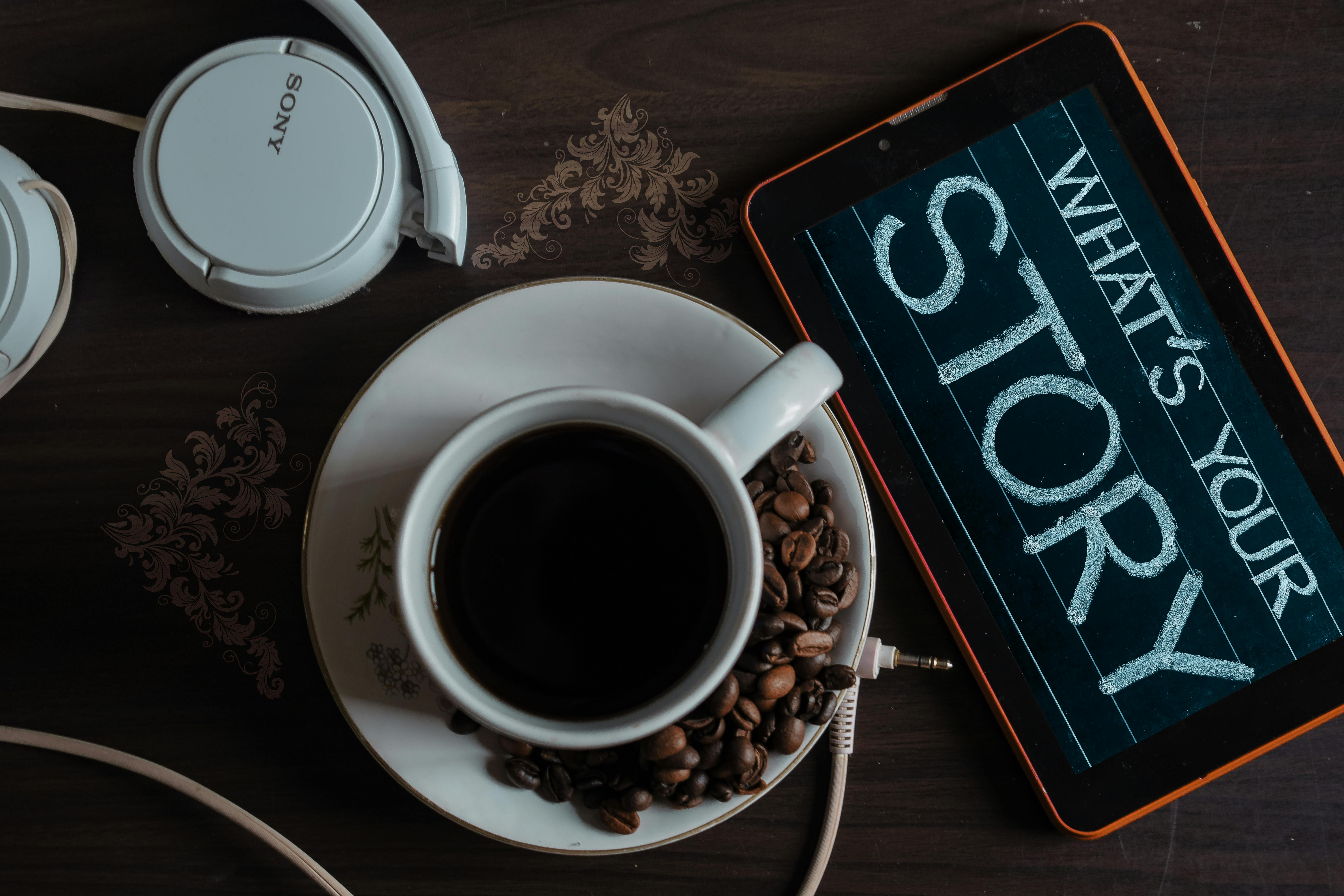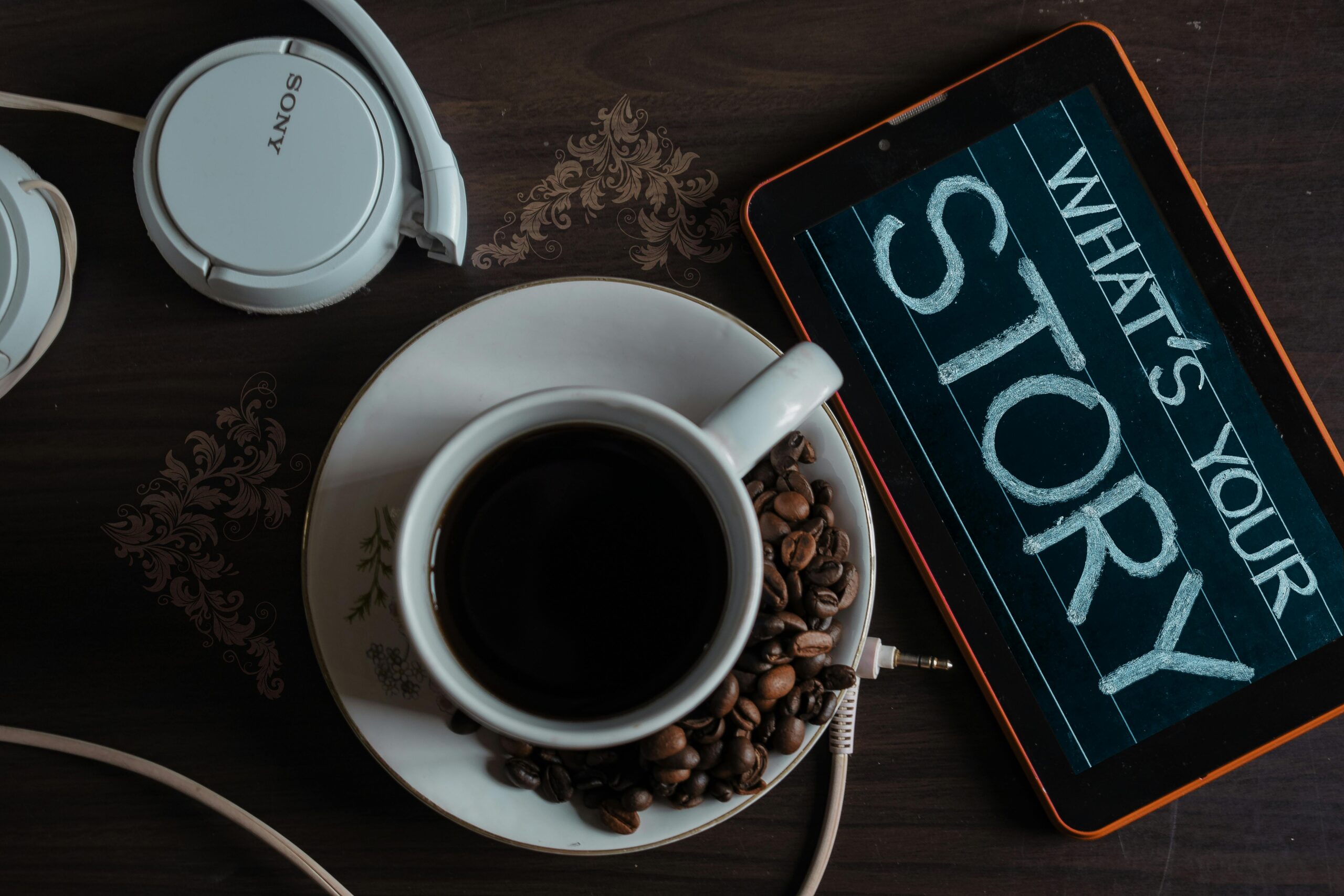The Rise and Reach of Aroma Technologies Today
Imagine walking into a space that instantly relaxes or energizes you—just from the scent in the air. That’s the power of aroma technologies. These innovations are redefining how we interact with our environments in sectors ranging from healthcare to retail. In this article, we’ll explore what aroma technologies are, how they work, and how you can implement them effectively to create powerful sensory experiences.

Understanding the Fundamentals
Aroma technologies refer to systems and methods that manipulate and deliver scents for specific purposes—whether for mood enhancement, branding, or therapeutic use. Over the last decade, advancements in olfactory science and smart diffusers have revolutionized how these technologies are used commercially and personally.
From ancient incense rituals to today’s programmable scent diffusers, aroma technologies have evolved dramatically. Understanding their core principles allows businesses and individuals to tap into their sensory potential with precision and purpose.
1.1 Olfactory Influence on Human Behavior
Our sense of smell is closely tied to memory and emotion. Studies show that 75% of emotions generated daily are due to smell, making aroma technologies a potent tool for influencing behavior. For example, retailers using ambient scenting saw a 20% increase in customer dwell time.
Beyond commerce, calming scents like lavender are now standard in healthcare settings to reduce patient anxiety. A common misconception is that scent is purely aesthetic—when in fact, it’s deeply functional and psychological.
1.2 The Science of Diffusion
While essential oils and perfumes are ancient, today’s aroma diffusion systems use ultrasonic, nebulizing, or HVAC-integrated methods. What makes modern aroma technologies unique is their ability to control intensity, timing, and targeting of scent distribution.
Case in point: luxury hotels use HVAC-integrated scent systems to ensure consistent olfactory branding throughout all common areas. This level of control was previously unimaginable with manual diffusers.
Practical Implementation Guide
Applying aroma technologies requires both creative vision and technical planning. Whether you’re enhancing a spa experience or reinforcing brand identity in a retail space, implementation should align with your specific goals and audience needs.

2.1 Actionable Steps
- Identify Objectives: Define what you want the scent to achieve—relaxation, alertness, brand memory, etc.
- Choose the Right Technology: Ultrasonic diffusers for personal use, HVAC scent systems for large spaces, or smart diffusers for programmable control.
- Develop a Timeline: Plan testing, adjustment periods, and full deployment over 30-90 days depending on scope.
2.2 Overcoming Challenges
Common challenges include:
- Scents that are too strong or too subtle
- Client allergies or sensitivities
- Technical integration with HVAC systems
Proactive measures like fragrance testing, adjustable diffusion levels, and professional consultation help mitigate these risks.
Experts recommend starting small—pilot in one room before scaling across multiple locations. Also, monitor feedback continuously for optimal adjustments.
Advanced Applications
Once you’ve mastered the basics, aroma technologies can be scaled and customized further. Advanced systems integrate with mobile apps, AI, and data analytics for real-time scent optimization. These tools transform scent from a static experience into a dynamic engagement channel.

3.1 AI-Powered Scent Delivery
New devices use sensors and AI to adjust scents based on environmental data—such as temperature or room occupancy. In smart homes, these systems can sync with lighting and sound for fully immersive environments.
Case studies from wellness clinics report a 30% higher satisfaction rate when scent profiles were dynamically adjusted by AI based on client feedback.
3.2 Integration With Digital Signage
Pairing aroma technologies with digital signage offers synchronized multisensory branding. For example, a travel agency might show tropical destinations while diffusing coconut or ocean scents.
This integration demands consideration of compatibility—ensuring that scent devices do not interfere with other electronic systems and operate within regulatory limits.
Future Outlook
The next frontier in aroma technologies includes wearable scent devices, scent-enabled virtual reality, and neuro-responsive diffusion systems. These innovations are poised to make scent as programmable and responsive as visual or auditory media.
Industry forecasts suggest a 12% CAGR growth in the aroma tech market, reaching over $3 billion globally by 2028. To stay ahead, companies should invest in research, customer feedback loops, and modular systems that allow future upgrades.
Conclusion
Three key takeaways:
- Aroma technologies deeply influence mood, memory, and behavior
- They are scalable—from personal spaces to global retail chains
- They offer competitive advantage through sensory branding
Whether you’re a business owner, wellness professional, or tech enthusiast, embracing aroma technologies can enrich human experiences in powerful, measurable ways.
Start small by exploring essential oils and simple diffusers, then scale based on results. The scent of success might just be one diffuser away.
Frequently Asked Questions
- Q: What are aroma technologies? They are systems that deliver and manage scents to influence mood, behavior, or brand perception, using diffusers or HVAC systems.
- Q: How can I start using aroma tech at home? Begin with essential oils and an ultrasonic diffuser. Choose scents based on your desired effect—lavender for calm, citrus for energy.
- Q: How much time does it take to see results? Most users report noticeable effects within a few days. Full integration into a business setting can take 1–3 months.
- Q: Is it expensive to implement? Costs range from $30 for basic diffusers to several thousand for commercial HVAC-integrated systems, depending on scale.
- Q: How does this compare to ambient music or lighting? Scent has a stronger emotional and memory connection. Combined use with audio/visual tools yields best results.
- Q: Do I need technical skills to use these devices? Basic setups are user-friendly. Advanced systems may require IT support or professional installation.
- Q: Can this be used in healthcare or education? Absolutely. Hospitals use calming scents to reduce stress. Schools apply energizing scents to improve focus and attention.
